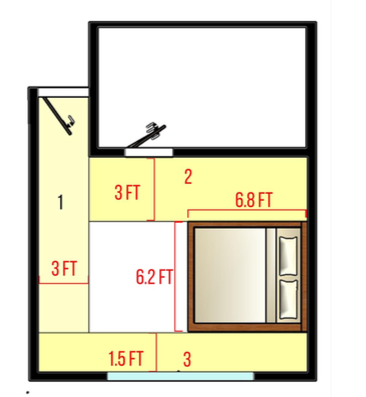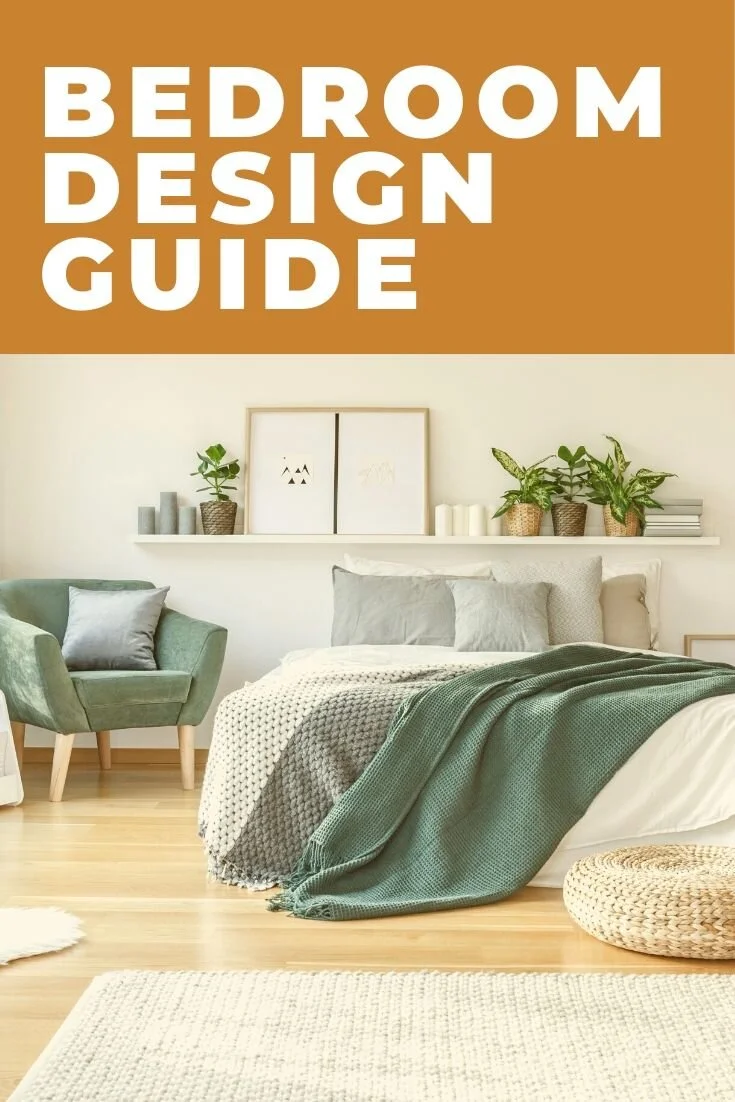Typically, a room for sleeping is called a bedroom. We say its bedroom because it is contained with primary furniture piece as a bed.
But is the bed the only furniture? what are the other elements and how to design a bedroom?
You don't need to have any other knowledge or certification to choose what's right for your bedroom just like an expert!
You need to know the trends for the bedroom but designing as per your requirement makes more sense isn’t it?
Before starting you must have following basic tools: a measuring tape (8meters long but if your room is very small 3 meters can work)
Let's start from scratch. This bedroom design guide will help you to design your dream bedroom without any help from an expert.
Rather than paying thousands or sometimes even lakhs of rupees to the designer you can design a beautiful bedroom with the help of this step-by-step guide.
Let’s get started. Shall we?
Part 1 - Understanding Your Bedroom Layout
First of all, you need to measure your room and look at the shape of your room.
Understand that each room has its own shape, size and scale.
Now draw a layout plan of your bedroom or map it on graph paper in a simpler and clutter free manner.
List down the furniture you need based on your functions and start organizing it on paper with at least more than one layout.
Measure the furniture pieces or look at the possible available sizes for your room.
Check out for hurdle free movement and it does not disturb any of the function such as switchboards or lights/ light points, gadgets, door/windows, opening or closing of closet/drawers, etc.
Understand the importance of each space and object in your bedroom with available space.
Layout planning makes a huge difference when done correctly and makes a larger impact on the overall design.
Before starting layout design, mark the main bedroom door with its dimension and dimensions from nearest walls.
Also, mark location and size of bathroom doors and now segregate the usable spaces planned in layout.
For example, you can plan your passage in a bedroom in the lane of your door such that you can use maximum spaces with sparing minimum space for foot walkway yet making it comfortable.
On how to decide walkway width size, you need to understand the basic of human anthropometry.
For example, you need at least 3 feets for bedside walkway.
Of course, you can decrease at the cost of your own comfort and availability of space in your room vs. Functions it has to accommodate.
Smartly managing spaces and minimizing the walkway by giving common walkway for multiple spaces can make your layout better planned.
For example, one needs a space to open wardrobe shutter or stand at the edge of the wardrobe and you can have it in your bedside footway to use all the possible spaces in better functioning of spaces.
That is your 2 feet walkway for the wardrobe can accommodate inside 3feet walkway around the bed and yet you have 1feet clear space for your bedside function or bedside table.
For better design, layout first, have a brief of your design.
Collect all the information you need to understand as a user of this space.
Then, you must have a detailed space planning as per your priorities in bedroom design. functions, and tertiary functions.
For someone who is only going to use working space once in a while can look for inbuilt fold-able space saving designs rather than a big working table that is hardly be going to use over other functional spaces.
Now make at least more than one design concept and see the viability of each space for better use.
That’s it for the part 1
Watch out for part 2 of this Bedroom design guide to learn about Bedroom measurement.





